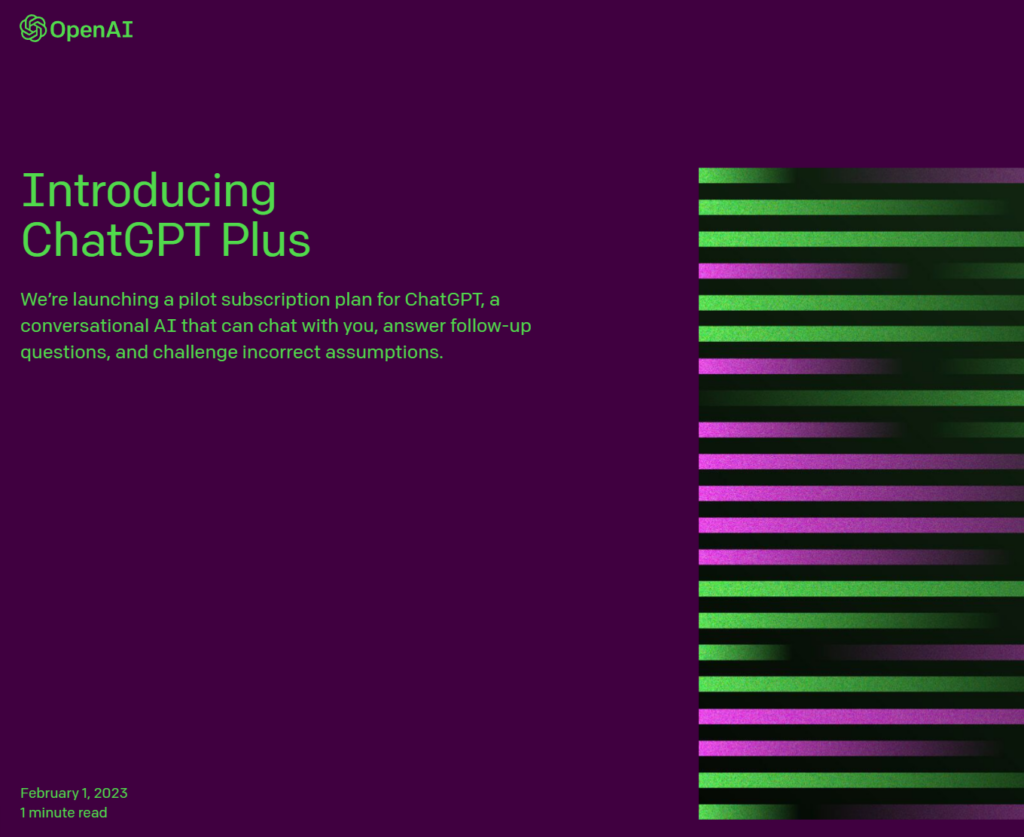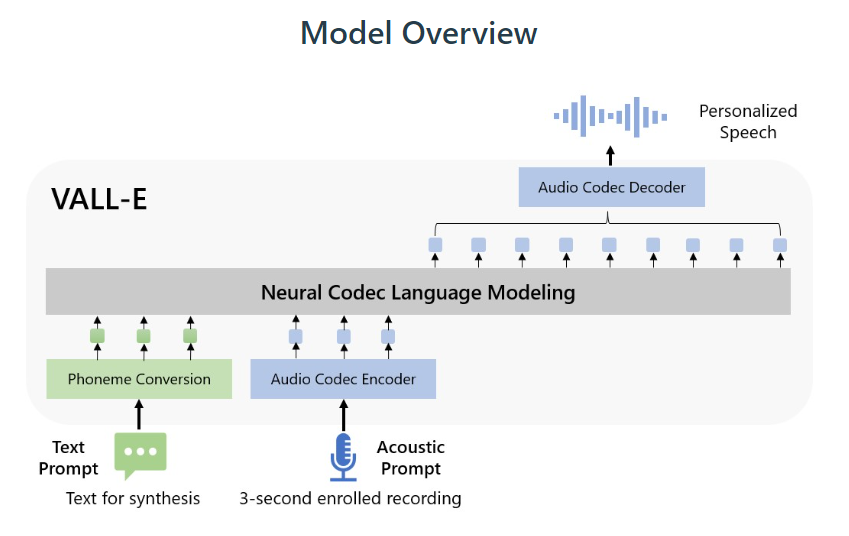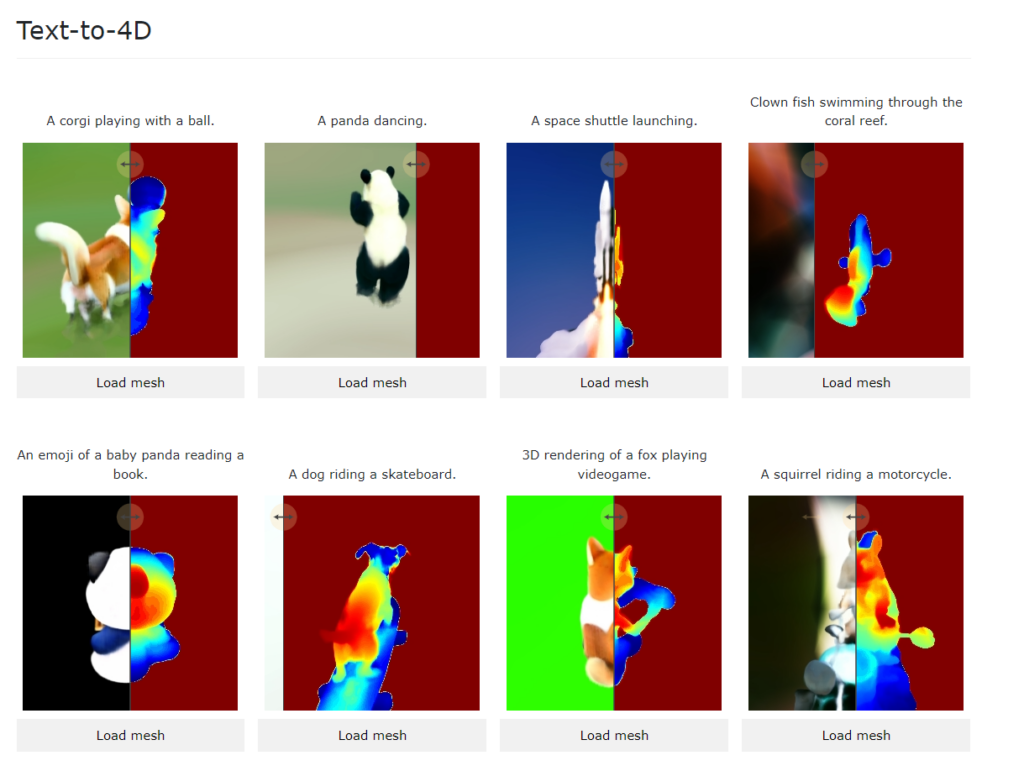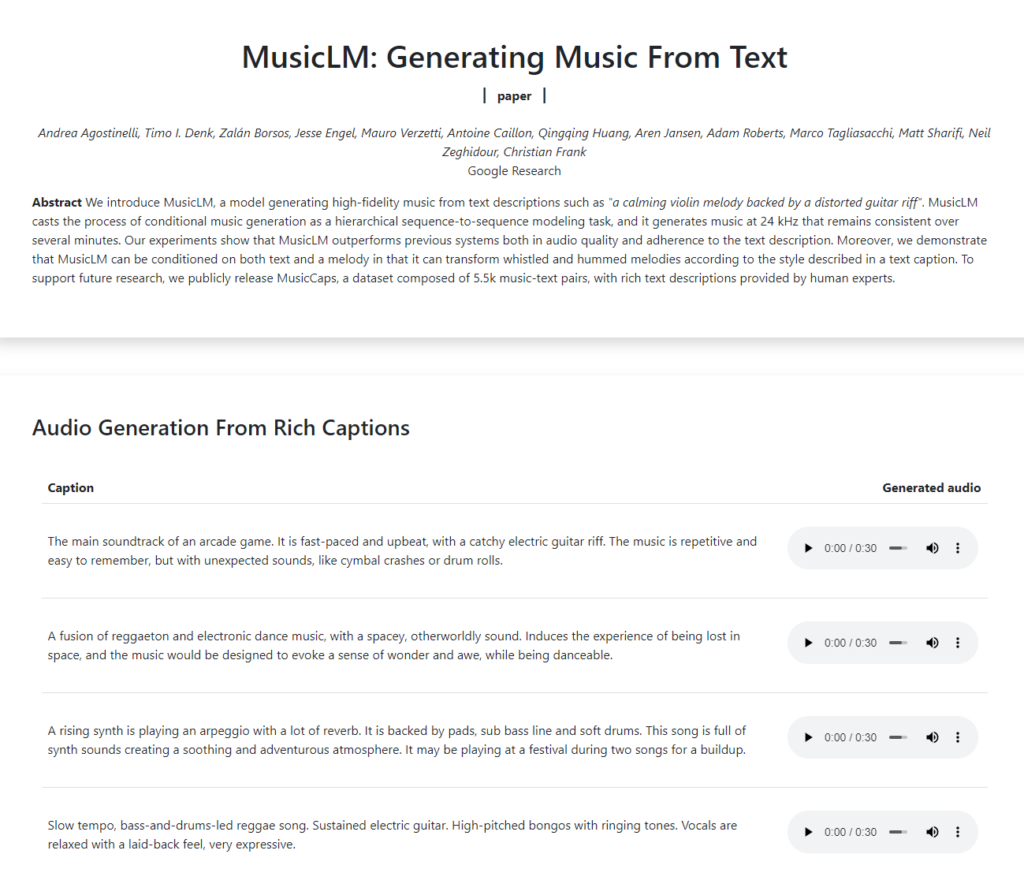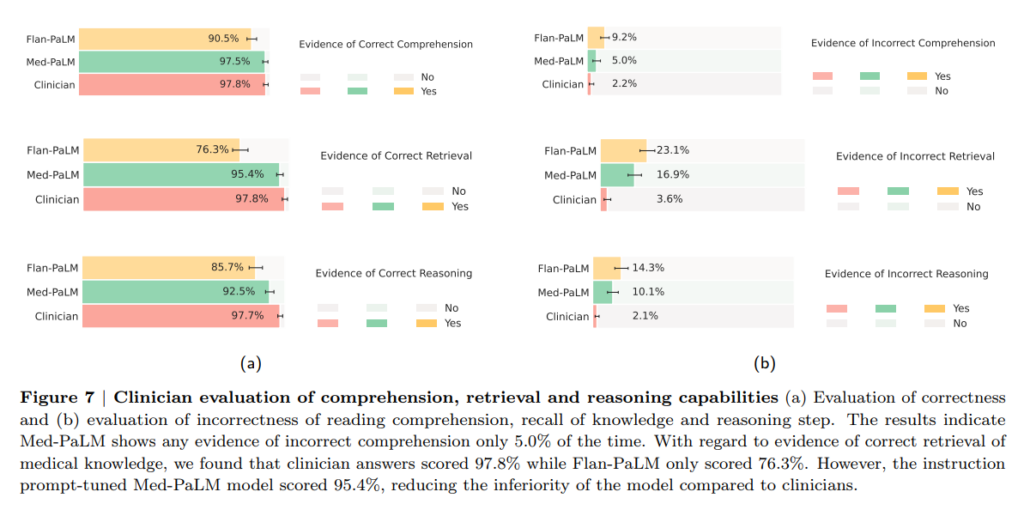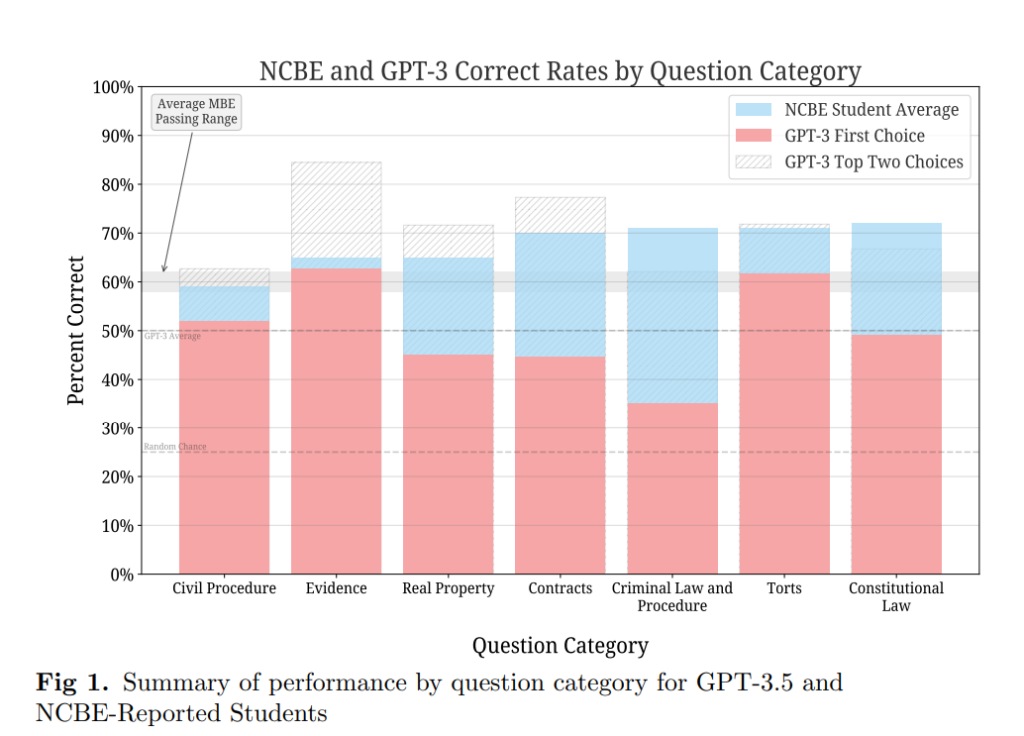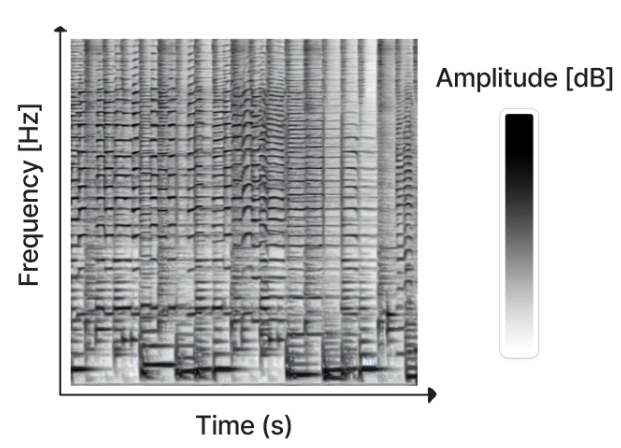
OpenAI released GPT-4 within ChatGPT on March 14, 2023, described in detail in a 98-pages paper (summarized on youtube).
- Available to ChatGPT-Plus subscribers (currently with a cap that is changing over time, e.g. 100 messages every 4 hours, or 25 messages every 3 hours).
- Still based on training data that cuts off Sept 2021.
- It still does not learn from its experience.
- Still no internet access.
- The training was already finalized in Aug 2022.
- Fine-tuned via RLHF (Reinforcement Learning with Human Feedback).
- API waitlist is open (so no API access yet for everyone)
- API prices (for comparison: GPT-3.5-turbo $0.002 per 1k tokens):
- gpt-4: 8K context window (about 13 pages of text) will cost $0.03 per 1K prompt tokens and $0.06 per 1K completion tokens.
- gpt-4-32k: 32K context window (about 52 pages of text) will cost $0.06 per 1K prompt tokens and $0.12 per 1K completion tokens.
- The number of parameters and size of the training data set have both not been published. So competitors are not encouraged to replicate these performance ingredients but are referred to a freely available benchmark (OpenAI Evals) that measures the real performance.
- GPT-4 ranks in the 10% best of the bar exam and 0.5% best of biology olympiad.
- GPT-4 can handle contexts of over 25,000 words.
- GPT-4 can access images as inputs and can generate captions, classifications, and analyses. However, this image-to-text functionality is not yet publicly available.
- Microsoft Bing was already using an early version of GPT-4 in the last few weeks.
An excellent overview by Greg Brockman, President and co-founder of OpenAI, can be found on youtube.
Microsoft released Visual ChatGPT on March 08, 2023, in a paper and with source code on GitHub and Hugging Face. Although this does not seem to be GPT-4-based, it demonstrates similar image capabilities via a combination of pre-existing technologies (generate/modify [text-to-image], and describe [image-to-text]).
Two days after the GPT-4 release, Microsoft announced on March 16, 2023, the integration of GPT-4 into their Office products as a feature they called Copilot. Copilot is not yet available for general use, but Microsoft plans to roll it out gradually to selected customers in the coming months.

